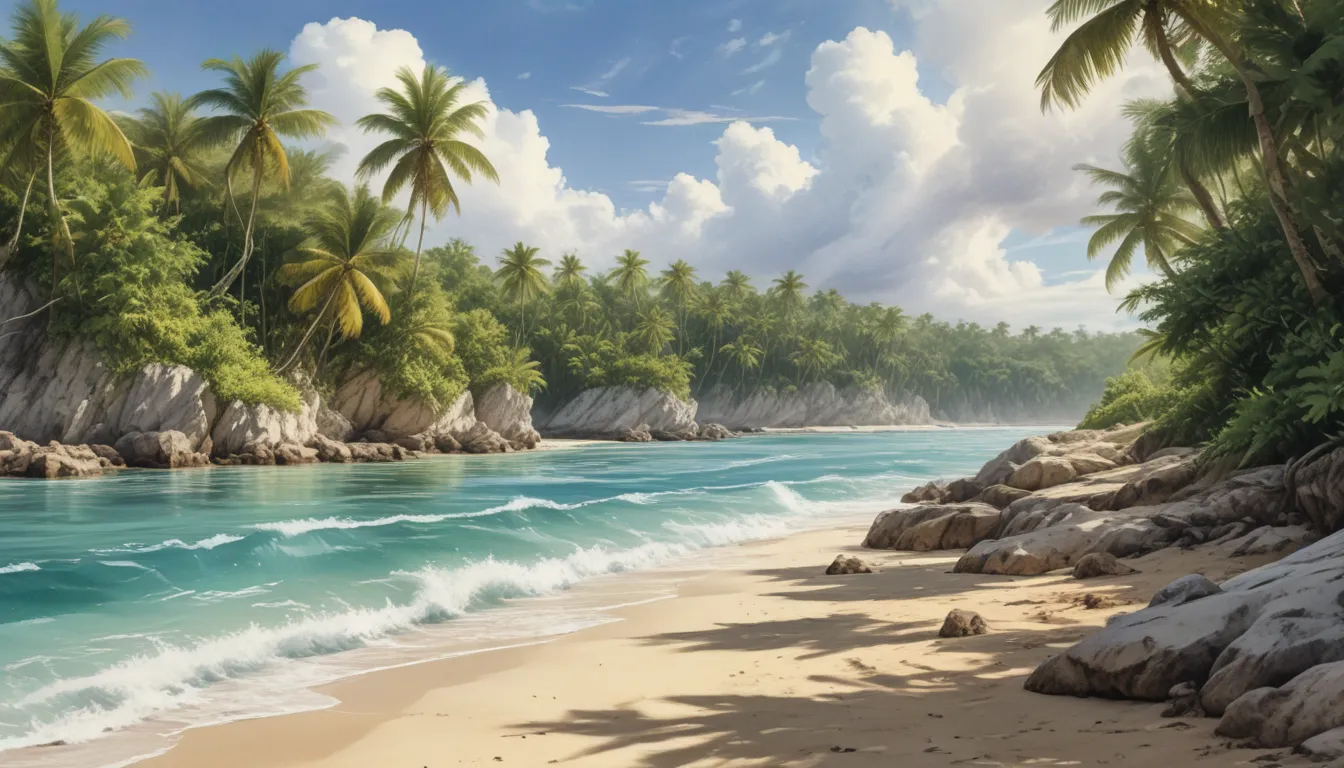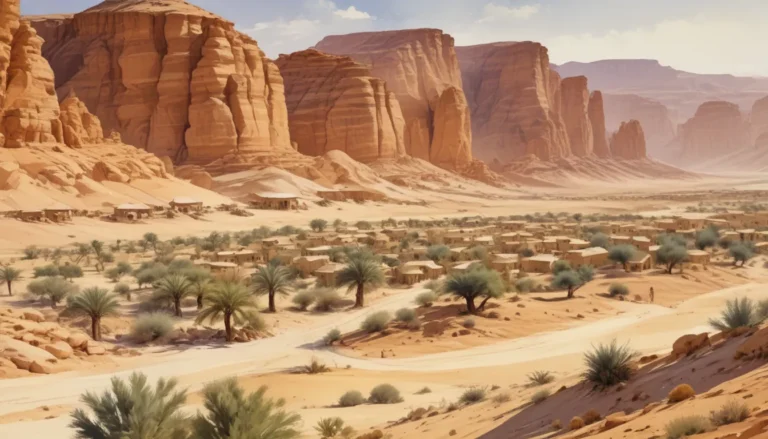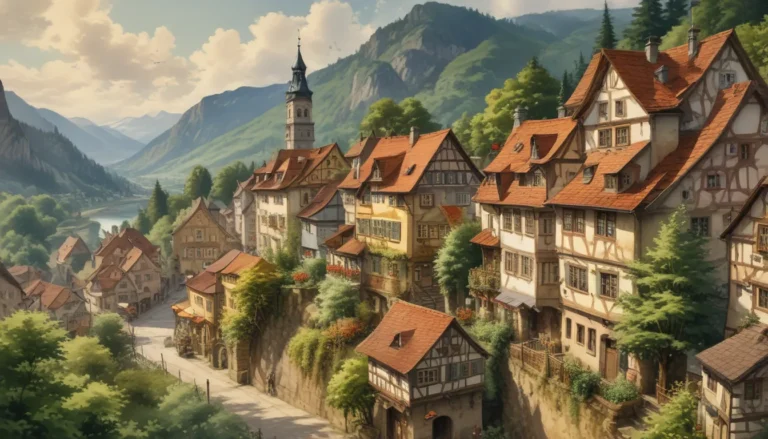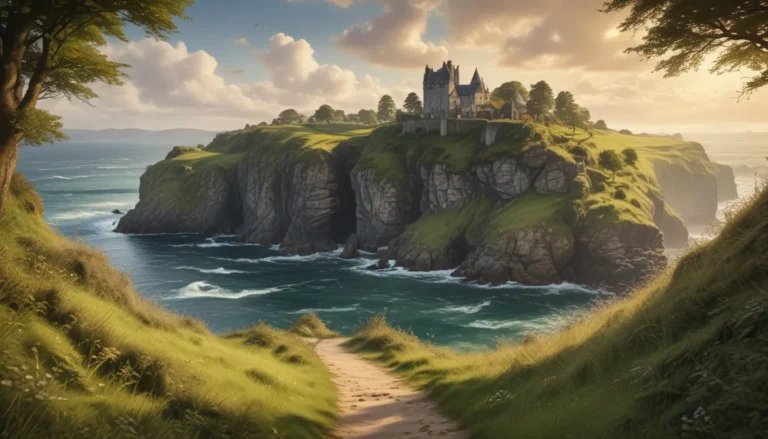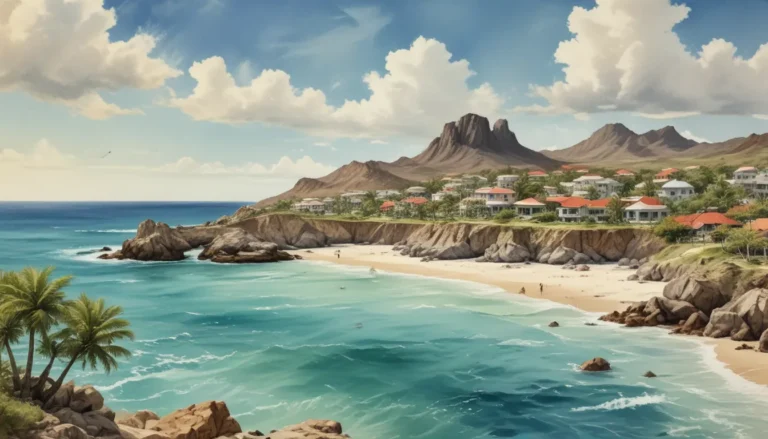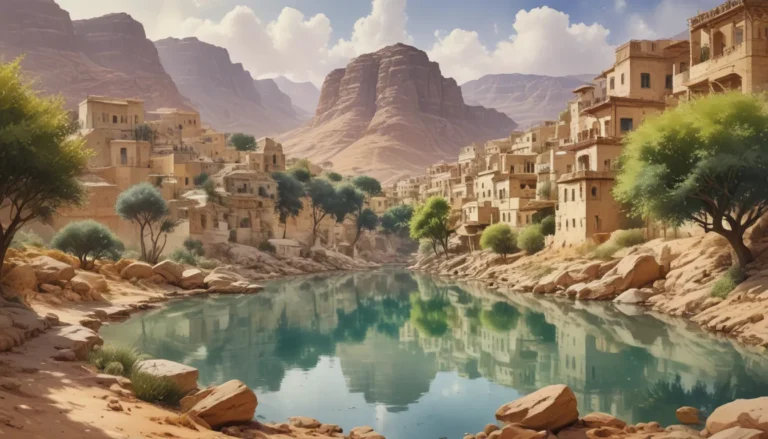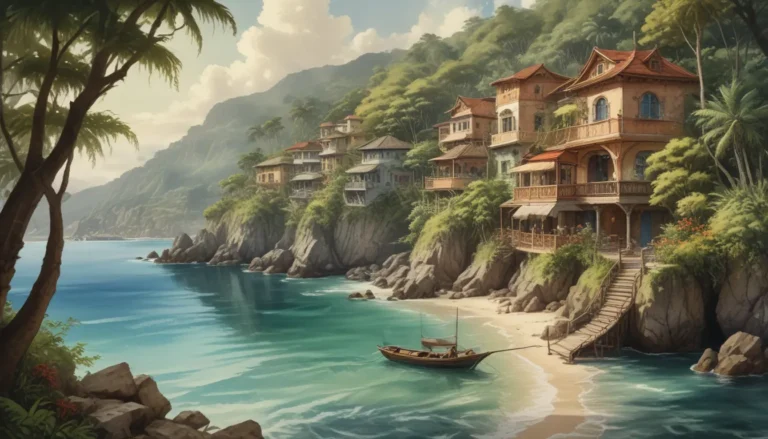The images in our articles are for illustrative purposes only and may not exactly match the content. They are intended to capture your interest and complement the text, not to replace it.
Welcome to the enchanting world of Kiribati, a hidden gem in the central Pacific Ocean waiting to be explored. With its stunning natural beauty, rich cultural heritage, and warm hospitality, Kiribati offers a unique and unforgettable travel experience. Join us on an exciting journey as we uncover 42 fascinating facts about Kiribati, shedding light on its history, geography, culture, and more. From the mesmerizing coral atolls to the challenges posed by climate change, there’s so much to learn about this captivating country. So, sit back, relax, and let’s embark on an extraordinary adventure into the heart of Kiribati.
Unveiling Kiribati: A Land of Wonders
- Kiribati, pronounced as Kir-ee-bahss, is an island nation comprising 33 coral atolls and islands spread over 3.5 million square kilometers.
- It is the only country in the world situated in all four hemispheres, extending from the eastern to the western and from the northern to the southern hemispheres.
- The capital city of Kiribati is Tarawa, located on the atoll of the same name, serving as the political and economic hub of the country.
- Kiribati is renowned for its stunning coral reefs and abundant marine life, offering exceptional diving and snorkeling opportunities to explore the vibrant underwater world.
- The official languages of Kiribati are English and Gilbertese, an Austronesian language spoken by the majority of the population.
Embracing the Beauty of Kiribati: Nature, Culture, and Traditions
- Kiribati is vulnerable to climate change and rising sea levels, leading the country to take proactive measures and advocate for global action.
- It boasts the world’s largest marine protected area, the Phoenix Islands Protected Area, spanning over 400,000 square kilometers to conserve biodiversity.
- With its traditional music and dance, Kiribati captivates audiences with pulsating drums and graceful movements during cultural events and celebrations.
- The country follows its unique timezone, Gilbert Islands Time (GILT), which is 12 hours ahead of Coordinated Universal Time (UTC+12:00).
- Kiribati is home to the largest atoll in the world, Kiritimati, also known as Christmas Island, famous for its pristine beaches and bird-watching opportunities.
Diving Deeper into Kiribati: History, Economy, and Traditions
- Kiribati gained independence from the United Kingdom on July 12, 1979, becoming a sovereign nation contributing to the global community.
- Traditional weaving skills are highly valued in Kiribati culture, with women renowned for creating intricate mats, baskets, and hats using local materials.
- The country is a popular destination for fishing enthusiasts, attracting anglers seeking the thrill of catching various fish species in its abundant marine waters.
- Kiribati has a unique calendar system following the International Date Line, divided into two days aligned with sunrise and sunset.
- It is a member of the Pacific Islands Forum, engaging in regional political and economic cooperation discussions with other nations in the Pacific.
Experiencing Kiribati: Hospitality, Traditions, and Cuisine
- Kiribati’s traditional sport, Te Anene, involves lively wrestling matches showcasing strength, agility, and community spirit.
- The country is ideal for bird watching, hosting a diverse range of species like the red-tailed tropicbird and the Christmas Island frigatebird.
- Kiribati is known for its hospitality and warmth towards visitors, offering a welcoming environment embraced by the friendly nature of the locals.
- Traditional outrigger canoes are essential in Kiribati, skillfully crafted and serving as transportation for fishing and island-hopping for centuries.
- The cuisine of Kiribati revolves around seafood, taro, breadfruit, and coconut, showcasing flavors of the Pacific in traditional dishes.
Preserving Kiribati: Environment, Culture, and Identity
- Kiribati has a diverse ecosystem including mangrove forests, coral reefs, and sandy beaches, with a strong commitment to conserving natural biodiversity.
- The country’s economy is based on fishing, agriculture, copra production, and remittances from overseas workers, supported by international aid.
- Kiribati has a maritime boundary dispute with Tuvalu, working towards resolving the issue through diplomatic channels.
- The concept of “te reo maana” emphasizes respect, harmony, and cooperation, reflecting Kiribati’s strong sense of community and traditional values.
- The country’s stunning sunsets are a sight to behold, illuminating the sky with vibrant colors and creating a magical ambiance for visitors.
Beyond the Horizon: Exploring Kiribati
As you delve into the wonders of Kiribati, from its captivating landscapes to its vibrant traditions, you’ll discover a country rich in history, culture, and natural beauty. Whether you’re a nature enthusiast, culture seeker, or simply looking for a tranquil escape, Kiribati offers an unforgettable adventure waiting to be experienced. Pack your bags and immerse yourself in the beauty of Kiribati as you explore this enchanting island nation in the heart of the Pacific Ocean.
Explore Kiribati with Wanderlust
Trust Wanderlust as your guide to discovering the hidden treasures of Kiribati and beyond. With a commitment to delivering engaging, credible content, our team of editors ensures each fact shared is not only fascinating but also authentic. Join us on a journey of exploration and discovery as we uncover the wonders of Kiribati and inspire your next travel adventure. Let the enchanting world of Kiribati ignite your curiosity and leave you longing for more as you embark on an extraordinary journey into the heart of the Pacific.
FAQs (Frequently Asked Questions)
- What is the official language of Kiribati?
-
The official languages of Kiribati are Gilbertese and English.
-
What is the currency used in Kiribati?
-
The currency used in Kiribati is the Australian Dollar.
-
Is Kiribati safe to visit?
-
Kiribati is generally considered safe, but visitors should take common precautions and be aware of their surroundings.
-
What are some popular attractions in Kiribati?
-
Popular attractions in Kiribati include the stunning beaches of the Gilbert Islands, unique cultural experiences, and the Kiribati National Wildlife Park.
-
How can I get to Kiribati?
-
You can reach Kiribati by flying into the Bonriki International Airport in South Tarawa, with international flights connecting to major cities.
-
Is a visa required for visiting Kiribati?
-
Yes, visitors to Kiribati need a visa. Check with the nearest Kiribati embassy or consulate for specific visa requirements.
-
Can I participate in traditional ceremonies or events in Kiribati?
-
Visitors can witness and participate in traditional ceremonies and events in Kiribati by respecting local customs and traditions.
-
What is the best time to visit Kiribati?
-
The best time to visit Kiribati is during the dry season from May to October for pleasant weather and ideal outdoor conditions.
-
What are the main industries in Kiribati?
-
The main industries in Kiribati include fishing, tourism, copra production, and agriculture.
-
What is the current population of Kiribati?
- The estimated population of Kiribati is over 120,000 people.
Embark on a journey of discovery and wonder as you explore the captivating world of Kiribati. With its rich cultural heritage, breathtaking landscapes, and warm hospitality, Kiribati offers an experience like no other. Let your curiosity guide you as you uncover the hidden gems of this enchanting island nation, leaving you inspired and eager to experience the magic of Kiribati firsthand.
